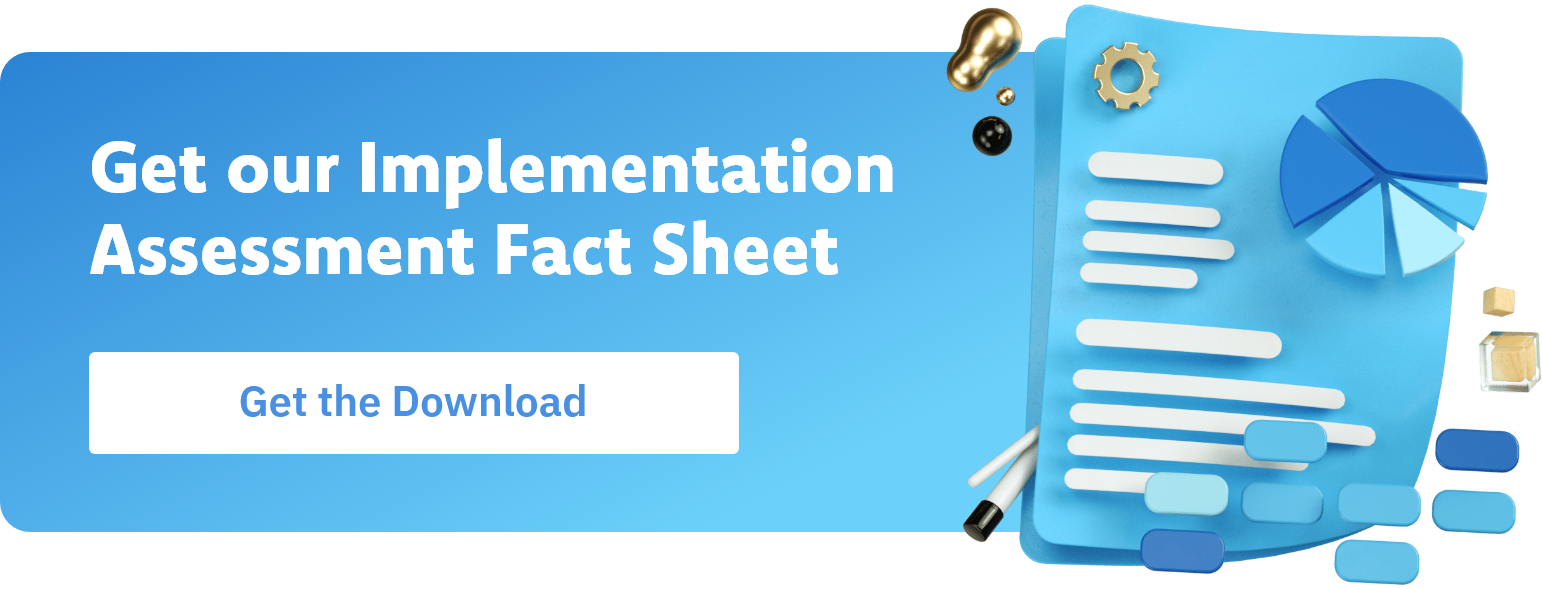Managing timecards for your employees requires a lot of review and understanding. For example, when an employee forgets to punch, who will be adding that punch? More often than not, you are assigned that responsibility. Now, can you just add the punch with the time you thought the employee came to or left work? No, you need to confirm this with your employee.
Once they confirm the time they arrived or left, you need to add that punch. Here is the catch. Once you add that punch, Workforce Timekeeper no longer considers that punch “missing”. An easy way to ensure that this punch was missing originally is to assign a comment and note.
Notes Feature in Timekeeper
Customers have been asking for a free form type of comment for a long time. Kronos developed the “note” with Workforce Timekeeper 6.0. It’s really the best of both worlds. You have a set list of comments that allow for better searching in the audit trail, or reporting, and a free-form note that is attached to the comment, allowing for Timecard Managers to apply more specific and descriptive information for the exception punch. Truly, this is a win win, but is it used?
How can Workforce Timekeeper comments and notes be used?
To answer this question, ask yourself a few questions:
-
When do you use comments most often?
-
Do you have a policy about using notes?
-
Who is responsible for adding comments to the comments list?
-
Can Managers request that comments are added to this list?
In the QuickTip Video at the end of this blog, these questions are discussed. It’s important that your comment list reflect when they are used. For example, if you have a considerable number of employees who are late because of car problems, it makes sense to create a comment called Late In – Car Problems.
In this example, the exception as well as the comment is listed. The Exception/Comment here is an effective way to list your comments. By listing them in this manner, they are sorted alphabetically by exception, making it easier for your managers to use. If they are easier to use, managers are more likely to use them.
The idea of a free form note is a good one. Comments by their nature are a controlled list. You can’t expect to have every possible reason for an exception listed, and/or described correctly, or to the detail you expect.
That’s what the note is for.
Basically, comments and notes are like a funnel, with the comment being the wide open entrance, and the note the narrower exit. Least specific to most specific. What type of car problems did the employee experience? What car broke down? What was the family emergency? Did the manager approve the employee’s late in? Why?
Notes can answer all of these questions.
Here is the catch. The ability for the free form note to cover what we need to cover allows the manager to get into a little bit of trouble. The manager may type something that is less than professional. So, here are some guideposts:
-
Be professional. Don’t type what you think. Don’t type what you feel!
-
Be clear. Simple statements only. The short sentence is far better than a long run-on.
-
Facts only. Type what you know to be true, either by what the employee said or by what is documented. Don’t type what you think, believe or feel!
As long as managers stick to these guiding lights, notes will become an irreplaceable features for your Workforce.
Contact Us Today! 
Comments